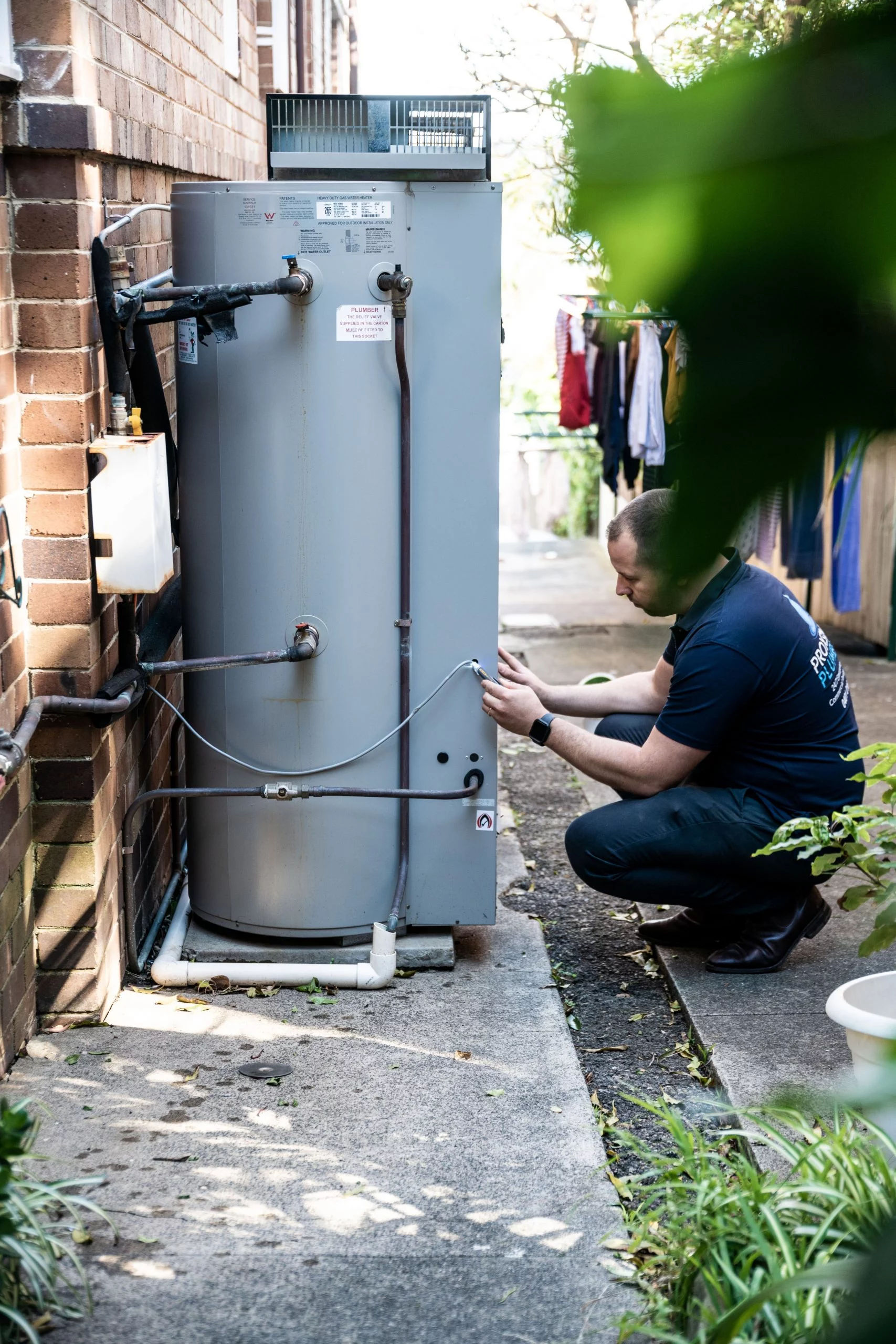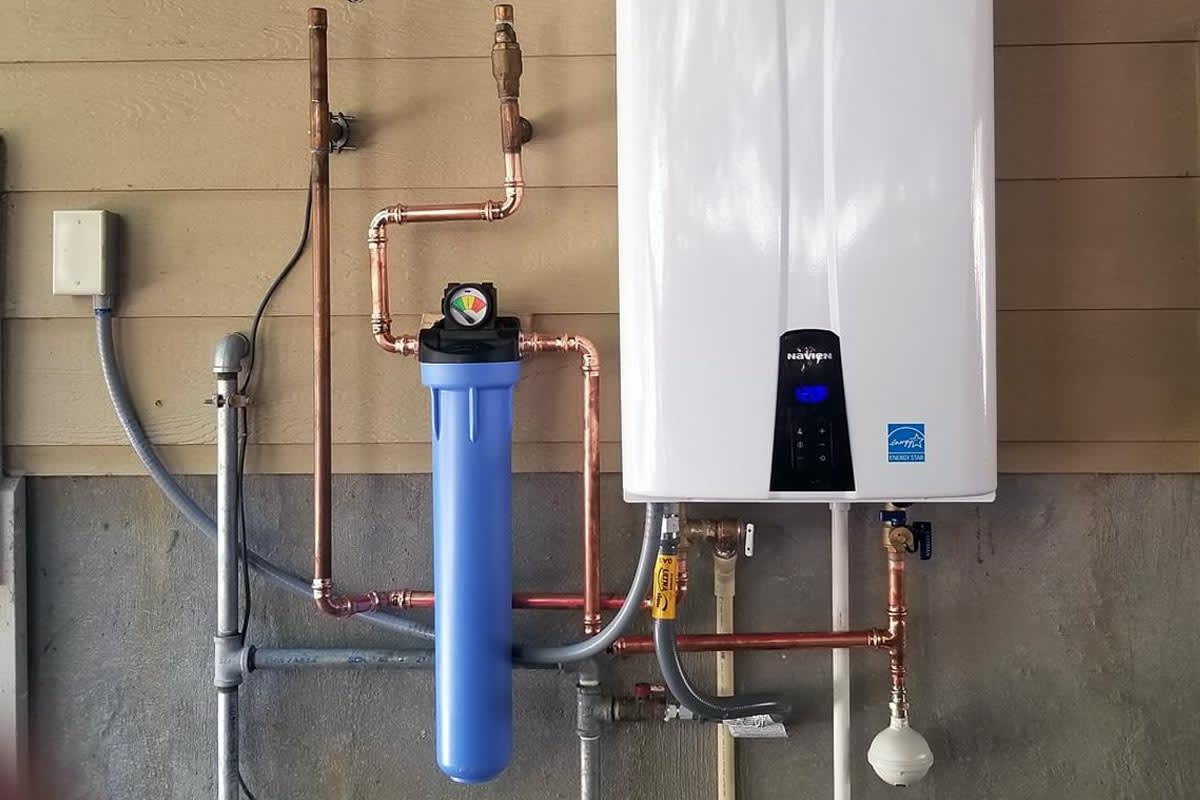We've noticed the article relating to What Kind of Maintenance Do Water Heaters Need? listed below on the web and thought it made perfect sense to talk about it with you on my blog.

Warm water is important for day-to-day comfort, whether it's for a revitalizing shower or cleaning recipes. To guarantee your hot water system runs effectively and lasts much longer, regular upkeep is crucial. This short article offers sensible suggestions and understandings on exactly how to maintain your home's warm water system to stay clear of disruptions and costly repair services.
Intro
Maintaining your home's hot water system could appear difficult, yet with a few basic actions, you can ensure it operates efficiently for several years to come. This overview covers every little thing from understanding your hot water system to do it yourself upkeep pointers and knowing when to contact professional help.
Value of Keeping Your Warm Water System
Regular maintenance not only prolongs the life-span of your warm water system but also ensures it operates effectively. Disregarding upkeep can result in reduced effectiveness, greater power costs, and also early failing of the system.
Signs Your Hot Water System Needs Maintenance
Knowing when your hot water system needs attention can avoid significant problems. Watch out for indicators such as irregular water temperature level, odd sounds from the heating unit, or corroded water.
Purging the Hot Water Heater
Purging your hot water heater eliminates sediment accumulation, improving effectiveness and extending its life.
Checking and Replacing Anode Rods
Anode rods prevent corrosion inside the container. Evaluating and replacing them when broken is critical.
Facility Concerns Needing Expert Help
Examples include significant leaks, electrical issues, or if your hot water heater is regularly underperforming.
Regular Expert Upkeep Conveniences
Specialist upkeep can include comprehensive inspections, tune-ups, and ensuring compliance with safety and security criteria.
Checking and Adjusting Temperature Level Setups
Adjusting the temperature level setups makes sure ideal performance and safety and security.
Do It Yourself Tips for Maintenance
You can execute a number of maintenance jobs yourself to maintain your warm water system in top problem.
Checking for Leaks
Regularly check pipes and links for leaks, as these can bring about water damages and higher costs.
Understanding Your Warm Water System
Before diving right into maintenance tasks, it's helpful to understand the fundamental components of your warm water system. Generally, this consists of the water heater itself, pipelines, anode poles, and temperature level controls.
Regular Monthly Upkeep Tasks
Routine month-to-month checks can help capture minor concerns prior to they intensify.
Checking Pressure Relief Valves
Testing the pressure relief valve guarantees it operates properly and protects against excessive stress build-up.
Insulating Pipelines
Protecting warm water pipelines decreases warmth loss and can save energy.
When to Call a Specialist
While do it yourself maintenance is helpful, some issues need specialist proficiency.
Final thought
Normal maintenance of your home's warm water system is essential for effectiveness, durability, and price savings. By complying with these ideas and knowing when to seek specialist aid, you can make sure a reliable supply of hot water without unforeseen interruptions.
How to Maintain an Instant Hot Water Heater
- Before tinkering with your hot water heater, make sure that it’s not powered on. You also have to turn off the main circuit breaker and shut off the main gas line to prevent accidents. Also turn off the water valves connected to your unit to prevent water from flowing into and out of the appliance.
- 2. When you’re done, you have to detach the purge valves’ caps. These look like the letter “T†and are situated on either side of the water valves. Doing so will release any pressure that has accumulated inside the valves while at the same time avoid hot water from shooting out and burning your skin.
- 3. When the purge valves’ caps are removed, you have to connect your hosing lines to the valves. Your unit should have come with three hoses but if it didn’t, you can purchase these things from any hardware or home repair shops. You can also get them from retail stores that sell water heating systems. Read the user’s manual and follow it to complete this task properly. When the hosing lines are connected, open the purge port’s valves.
- 4. You should never use harsh chemical cleaners or solutions when cleaning your unit. Make use of white vinegar instead. It should be undiluted and you’ll probably use about 2 gallons.
- 5. Now flush your water heater. This task should probably take about 40 minutes. We can’t give you specific directions for this because the procedure is carried out depending on the type, model and brand of your heater. With that being said, refer to the user’s manual.
- 6. When you’re done draining the unit, you have to turn off the purge port valves again. Remove the hosing lines that you earlier installed on each of the water valves. Put the valve caps (purge port) back in their respective places and be very careful so as not to damage the rubber discs that are found inside these caps.
- 7. Now that everything’s back in place, check your user’s manual again to find out how to reactivate your water heating system.
- 8. Once it is working, turn one of your hot water faucets on just to let air pass through the heater’s water supply pipes. Leave the tap on until water flows smoothly out of it.
https://www.orrplumbing.com/blog/2014/september/how-to-maintain-an-instant-hot-water-heater/

Hopefully you enjoyed reading our part on Tips on Maintaining a Water Heater. Thanks so much for taking a few minutes to read our blog. Are you aware of someone else who is excited about the subject? Be sure share it. Bless you for your time. Come back soon.
Contact Us
Comments on “Useful Techniques for Maintaining Your Home's Hot Water System”